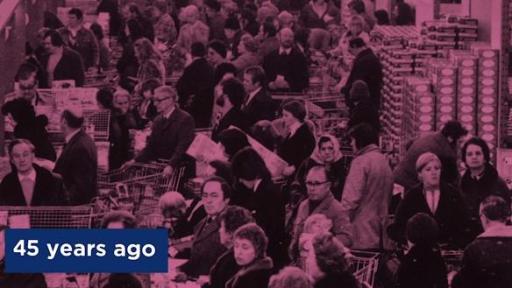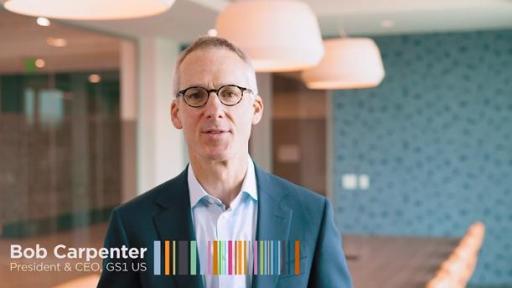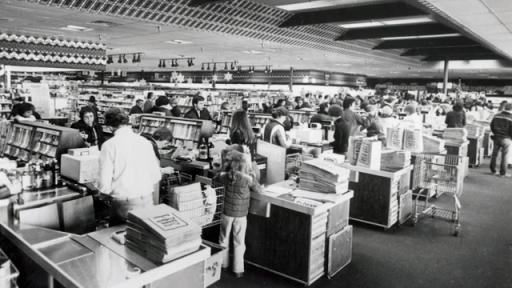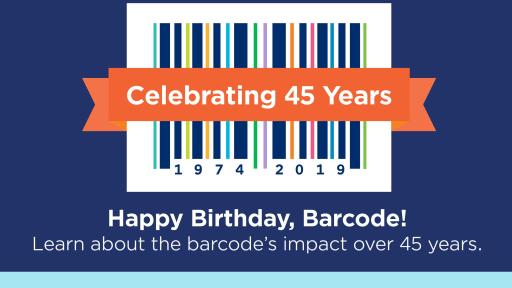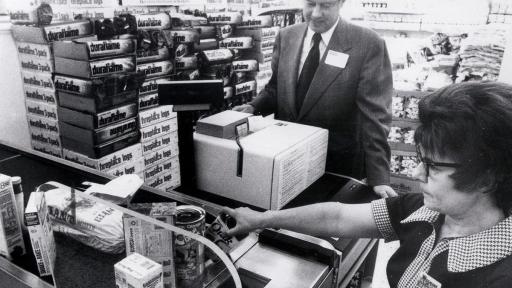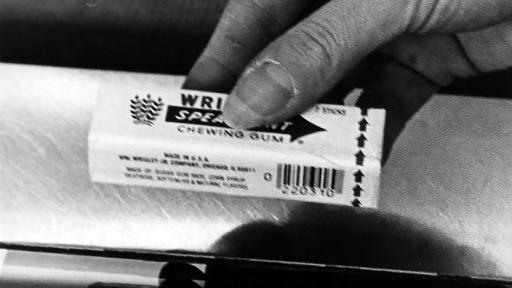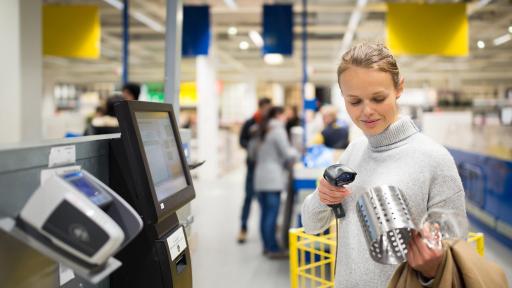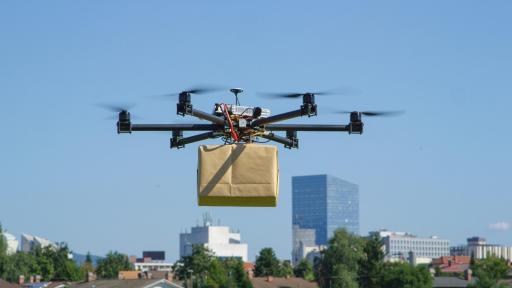GS1 US Celebrates the 45th Anniversary of the Barcode’s Debut in Retail
Scanned Six Billion Times Daily Around the World, the Barcode Continues Its Relevance as the Backbone of Commerce
45 years ago, the #barcode is introduced in retail as the backbone of #commerce @GS1_US #barcode45 Tweet
EWING, NJ (June 24, 2019) – GS1 US®, the information standards organization best known as the administrator of UPC barcodes, this week celebrates 45 years since the debut and first scan of the iconic barcode. On June 26, 1974, a pack of Wrigley’s chewing gum carrying a Universal Product Code (UPC) was scanned at a Marsh Supermarket in Troy, Ohio. This historic milestone marked the beginning of the modern shopping experience. Today, the barcode is scanned more than six billion times daily and continues to be one of the most trusted symbols in the world, powering global commerce.
“Since being introduced in the grocery sector, the barcode has enabled countless modern conveniences for consumers and paved the way for emerging technologies,” said Bob Carpenter, president and CEO of GS1 US. “From same-day delivery to patient bedside scanning that ensures administration of the proper medication, millions of transactions and processes would not be possible without barcodes and the underlying standards that uniquely identify products, services, locations and more in real time. Very few other technologies have remained as relevant over four decades, nor have they grown in versatility.”
The first barcode scan was the culmination of years of collaboration by inventors and the grocery industry to minimize long supermarket checkout lines. Brands and retailers needed a method to automatically capture product information, reduce human error and manage the influx of post-World War II baby-boom shoppers. While inventor Norman Joseph Woodland and classmate Bernard Silver developed the first barcode concept — a circular, bullseye-shaped design that incorporated lines and spaces — in 1973, the grocery industry selected the linear UPC barcode as the preferred standard, created by IBM engineer George Lauer. The Uniform Product Code Council, later named GS1, was the designated administrator of barcode standards in 1974, and helped brand owners use barcodes and a numbering system — today known as GS1 Global Trade Item Numbers (GTINs) — to uniquely identify their products at point-of-sale, giving access to price information. This system also helped enhance inventory management to keep shelves stocked and allow for lower pricing due to gained efficiencies.
Since the original UPC, product identification standards (now GS1 Standards) have grown into a global system, used by more than two million companies doing business in 150 countries across 25 industries. Additionally, multiple versions and uses of the barcode have been created to fit modern requirements and convey more data using the same numbering system. QR codes, for example, evolved to provide consumers with detailed product information and support mobile scanning applications. Also, radio frequency identification (RFID) has provided retailers the ability to locate specific items in stock and more purchase flexibility such as buy online pick-up in store. Other advanced barcodes help to locate products during a recall or identify counterfeit goods so that they can be removed from stock. Barcodes and their unique numbers have also become important to retailers’ e-commerce business by ensuring product listings can be found by online shoppers while providing a seamless purchase experience for consumers.
GS1 US continues to facilitate important industry collaboration with brands and retailers to explore future barcode uses with a focus on empowering consumers with detailed product information — both in store and online. For example, web-enabled barcodes will leverage a product’s unique digital identity, connecting the shopper to enhanced and trustworthy online product content ranging from ingredients and expiration dates to discount offers, shopper reviews and warranty information. Several pilot projects are currently underway to support this effort. Additionally, GS1 US is helping businesses leverage these same GS1 Standards to advance emerging technologies, including artificial intelligence, machine learning and voice recognition that offer consumers more personalized, interactive product experiences.
“The last 45 years have taught us that barcodes and their unique identification numbers will always be foundational to commerce, particularly as shoppers continue to demand not only more product information to inform their purchase decision, but also fast delivery. GS1 US is addressing the growing needs of consumers to help them find, track and purchase products with convenience by evolving our standards. We’re carrying on the same pioneering spirit from 1974 into the digital era, and the opportunities are endless,” said Carpenter.
For more information about GS1 US and the history of the barcode, including videos and infographics, please visit www.gs1us.org/45thanniversary.
About GS1 US
GS1 US®, a member of GS1® global, is a not-for-profit information standards organization that facilitates industry collaboration to help improve supply chain visibility and efficiency through the use of GS1 Standards, the most widely used supply chain standards system in the world. Nearly 300,000 businesses in 25 industries rely on GS1 US for trading-partner collaboration that optimizes their supply chains, drives cost performance and revenue growth while also enabling regulatory compliance. They achieve these benefits through solutions based on GS1 global unique numbering and identification systems, barcodes, Electronic Product Code (EPC®)-based RFID, data synchronization, and electronic information exchange. GS1 US also manages the United Nations Standard Products and Services Code® (UNSPSC®).
Contact:
Shannon Sullivan
GS1 US
+1 (609) 620-4534
[email protected]
Kaitlin Friedmann
GS1 US
(609) 620-8074
[email protected]


